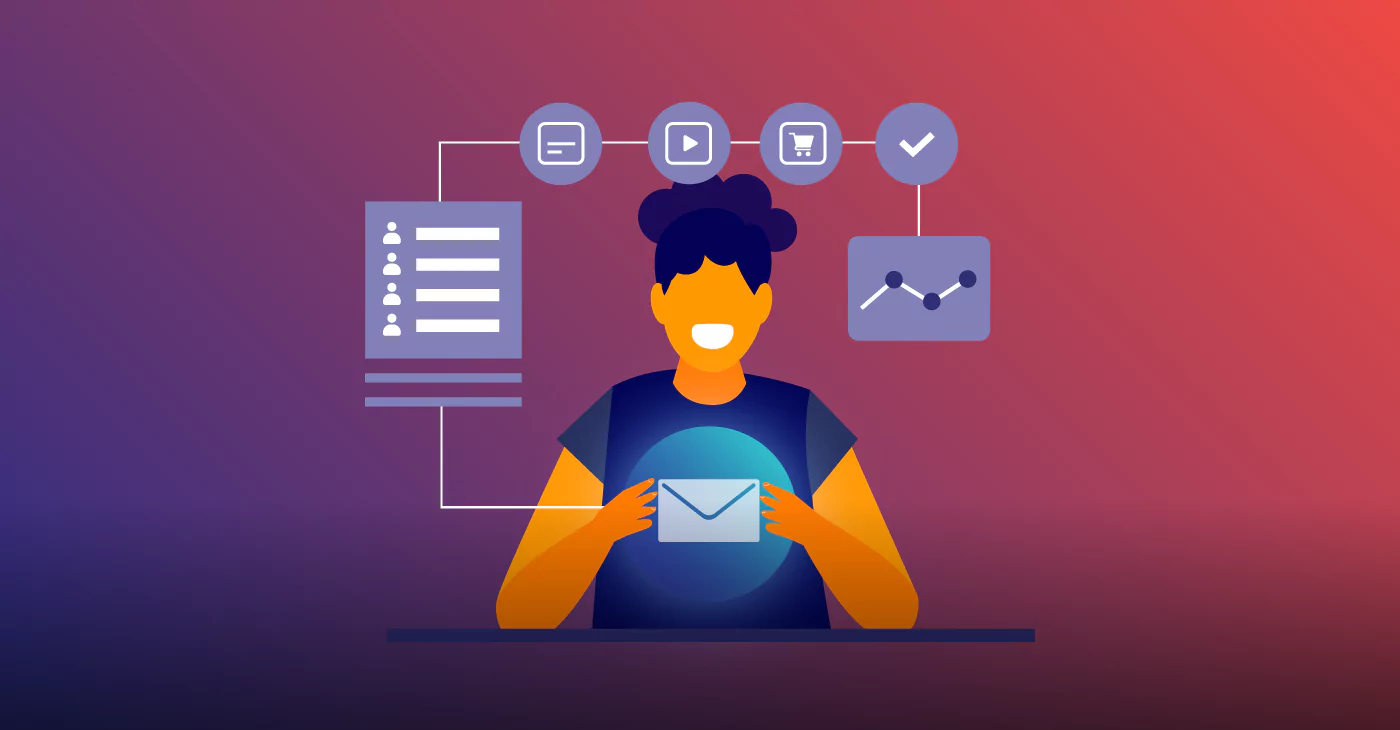
What is Content Personalization & Why Do You Need It?
In an increasingly competitive digital space, customers expect experiences tailored to their specific preferences. Content personalization delivers just that—customized digital experiences based on user data, behaviors, and needs. This strategy has become essential across industries, especially in web development, where personalized websites play a vital role in engaging users and driving growth.
This blog explores content personalization in detail, including key strategies for managing it effectively and how it integrates into social commerce for maximum impact.
What is Content Personalization?
Content personalization involves creating tailored experiences for individuals or segments by displaying content relevant to their preferences and behavior. Instead of presenting the same generic content to everyone, businesses design customized content that dynamically adjusts in real-time based on:
- User behavior: Browsing history, clicks, or time spent on pages
- Demographic data: Age, gender, location
- Purchase history: Items bought or added to the cart
- Device and channel preferences: Mobile vs. desktop behavior
- Social media interactions: Interests and engagements on social platforms
In web content personalization, businesses curate personalized website pages, product recommendations, and even emails—improving engagement and creating memorable customer experiences.
How is Content Personalization Done?
The journey of content personalization involves data gathering, segmentation, dynamic content creation, and continuous optimization. Let’s explore the steps:
- Data Collection: Gathering explicit data (user-provided) and implicit data (behavioral tracking, cookies, and analytics).
- Audience Segmentation: Dividing users into meaningful segments based on interests or behavior.
- Dynamic Content Generation: Using automated systems to deliver customized content.
- AI & Machine Learning: Leveraging algorithms to predict behavior and make real-time adjustments.
Key Strategies to Manage Content Personalization Effectively
Managing content personalization requires a structured approach that combines strategy, technology, and creativity. Here are key strategies to successfully implement and optimize web content personalization:
1. Define Clear Goals and KPIs
Before launching a personalization strategy, it’s essential to determine your objectives. Are you aiming to increase conversions, improve engagement, or reduce bounce rates? Identify key performance indicators (KPIs) such as:
- Conversion rates
- Click-through rates (CTR)
- Time spent on pages
- Customer lifetime value
Having measurable goals ensures your efforts align with business objectives.
2. Segment Your Audience Effectively
Successful content personalization relies on accurate audience segmentation. Instead of treating all visitors the same, group them based on specific characteristics, such as:
- Behavioral Segments: First-time visitors, returning users, or customers who abandon carts
- Demographic Segments: Age, gender, or location-based targeting
- Interest-Based Segments: Users interacting with specific categories
This segmentation ensures that each audience receives customized content tailored to their preferences.
3. Implement Dynamic Content and Real-Time Personalization
Dynamic content is a game-changer for personalized website content. With dynamic elements, web pages, emails, and product recommendations change based on who is visiting.
- Examples:
- Displaying weather-based product suggestions
- Personalized landing pages for different user segments
- Adaptive banners and pop-ups depending on user behavior
Real-time personalization further enhances user experience by adapting content on-the-fly as users interact with your site.
4. Leverage AI and Machine Learning
AI-powered tools help businesses predict user behavior and automate web content personalization at scale. Machine learning algorithms analyze past behavior to recommend relevant products or articles.
- Chatbots use AI to provide personalized support based on previous interactions.
- Recommendation engines predict what users are likely to engage with next, increasing conversion rates.
5. Use Personalization Platforms and Tools
Automation platforms like HubSpot, Adobe Target, or Optimizely simplify the management of customized content. These tools offer:
- User behavior tracking
- Segmentation capabilities
- A/B testing for optimization
These platforms allow businesses to manage personalized website content across multiple channels—emails, social media, and websites—ensuring consistency.
6. Test, Optimize, and Iterate Continuously
No personalization strategy is perfect from the start. A/B testing helps identify which version of content performs better for each audience segment.
- Run experiments to refine personalized campaigns.
- Monitor analytics to ensure that KPIs are met.
- Iterate regularly based on new data insights to stay relevant.
Constant optimization ensures that your web content personalization strategy evolves with changing user preferences.
7. Ensure Privacy Compliance
While content personalization requires data, businesses must respect user privacy and comply with regulations like GDPR and CCPA.
- Offer clear opt-ins: Make it easy for users to consent to data collection.
- Be transparent: Inform users about what data is collected and how it’s used.
- Provide opt-out options: Allow users to disable personalization if they prefer.
Maintaining trust is essential for long-term customer relationships.
Impact of Content Personalization on Business Growth
When done right, content personalization can drive substantial growth. Here are some ways it impacts your business:
- Increased Engagement: Users stay longer and interact more when they see customized content relevant to their needs.
- Higher Conversion Rates: Personalized product recommendations and targeted campaigns lead to better conversions.
- Improved Customer Retention: Tailored experiences encourage customers to return and make repeat purchases.
- Better SEO Performance: Personalized website content reduces bounce rates and increases dwell time, helping your site rank higher on search engines.
For companies focused on web development, personalization can also improve site usability and customer satisfaction.
Content Personalization in Social Commerce Strategy
Conclusion
In a world where users demand relevance, content personalization is no longer optional—it’s essential. By defining clear goals, segmenting audiences, leveraging AI, and continuously optimizing your strategy, you can effectively manage customized content.
For businesses involved in web development, implementing personalized website content creates seamless user experiences that boost engagement, conversions, and SEO. Additionally, integrating content personalization into social commerce ensures that customers encounter relevant products and messages, increasing the likelihood of conversion.
With the right strategy and tools, web content personalization can transform your business, providing a competitive edge and delivering long-term growth. Now is the time to embrace this trend and reap the benefits.



